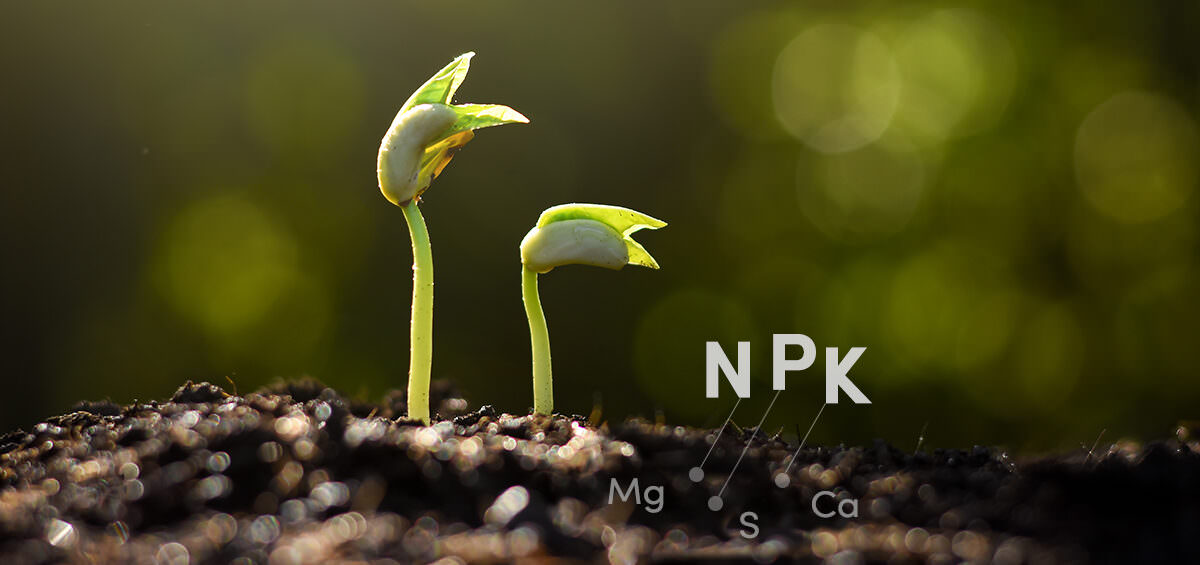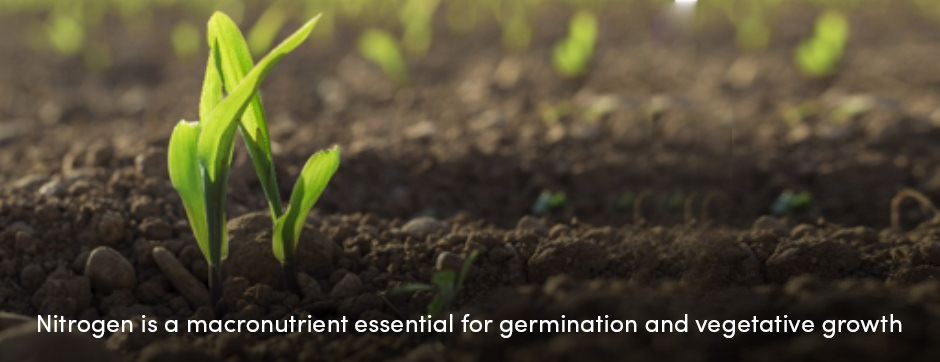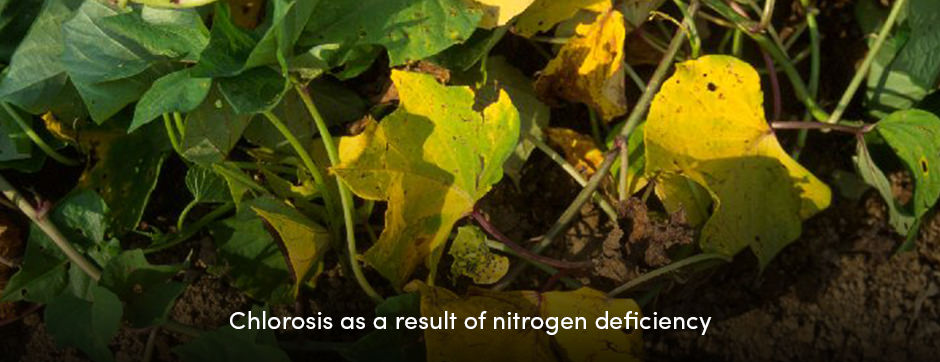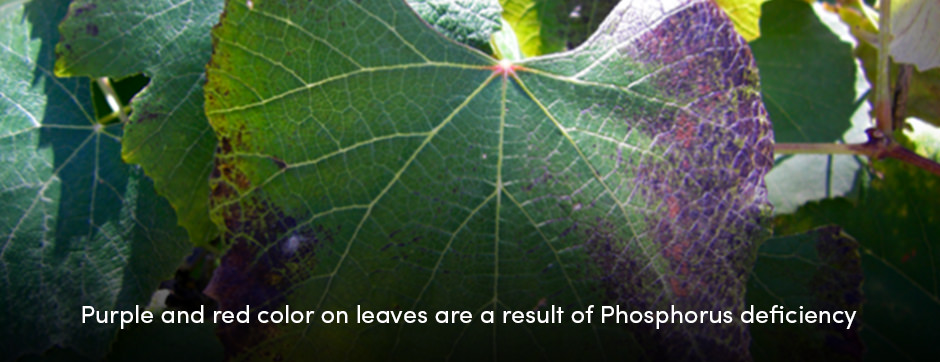Crops, as well as every other living organisms, require certain amounts of nutrients for normal and healthy growth. Each nutrient plays a different, but important role, in crop growth and development. Because of this, it’s essential to ensure optimal quantities of each nutrient is provided in a form usable by the crop. In other words, without proper nutrient management, it’s hard to achieve high yields and healthy and vigorous crops.
The first step towards successful nutrient management is to get to know essential nutrients and their role in crop development.
Macronutrients essential for normal crop growth that are required in relatively large amounts include:
- Nitrogen (N)
- Phosphorus (P)
- Potassium (K)
- Calcium (Ca)
- Magnesium (Mg)
- Sulfur (S).
The Most Important Crop Nutrients
Three of these macronutrients are the most important elements for crops. Nitrogen, phosphorus, and potassium directly affect plant growth and practically create plant parts.
Nitrogen is a major part of many essential substances in plant metabolism, such as amino acids, proteins, and enzymes.
For this reason, nitrogen is the most important element for crop growth and development, strongly influencing germination and vegetative growth.
Furthermore, nitrogen, as a component of chlorophyll, plays a vital role in photosynthesis. In doing so, nitrogen is responsible for rapid foliage growth and the green color.
The deficiency of nitrogen is manifested through the following symptoms:
- Stunted crop growth
- Chlorosis on leaves (light green to yellow foliage)
- Weakness during the flowering and fruiting which results in lower yields.
On the other hand, too much nitrogen causes lush growth, dark green color of leaves, crop lodging, and reduction of fruit quality.
Along with nitrogen, phosphorus is also an extremely important crop nutrient because it affects:
- Root development
- Quality of flowering, fruiting and seed production
- Energy storage and transport
- Disease resistance.
Phosphorus deficiency symptoms include:
- Stunted growth
- Weak roots
- Thin shoots
- Dark green, purple, or red leaves.
Generally, excessive amounts of phosphorus are not harmful to crops. However, too much phosphorus causes lower reception and deficiency of other elements (Fe, Zn, Cu, Mn, B).
The third essential crop nutrient is potassium. Most importance of potassium is that it influences the uptake of water. Additionally, it improves drought resistance.
Other important roles of Potassium include:
- Cold hardiness improvement
- Resistance to fungal diseases and insect pests
- Synthesis of protein, fat, and sugar.
The deficiency of potassium causes reduced growth, yellowing or burning of the leaf margins, and dead spots on older leaves.
Contrarily, excessive amounts of potassium may affect the uptake of other nutrients, such as calcium, magnesium, and nitrogen.
Importance of Crop Nutrition Management
If we take a closer look at the above mentioned consequences of deficiency or excessive amounts of each nutrient, it’s much easier to understand the importance of proper crop nutrition management. Directly affecting crop yields, macronutrients play a vital role in a crop’s life cycle.
In aiming to reach maximum crop potential, farmers have to adjust nutrients according to crop needs. Therefore, it’s essential to remember that every crop has its own nutrient requirements.
Be careful, and feed your crops by adhering to their needs. After all, those crops become the food on our tables.
Text sources: Government of Ontario
Image sources: Australian Centre for International Agricultural Research || Hidroponic Plants || Government of Ontario || Mississippi Crop Situation








